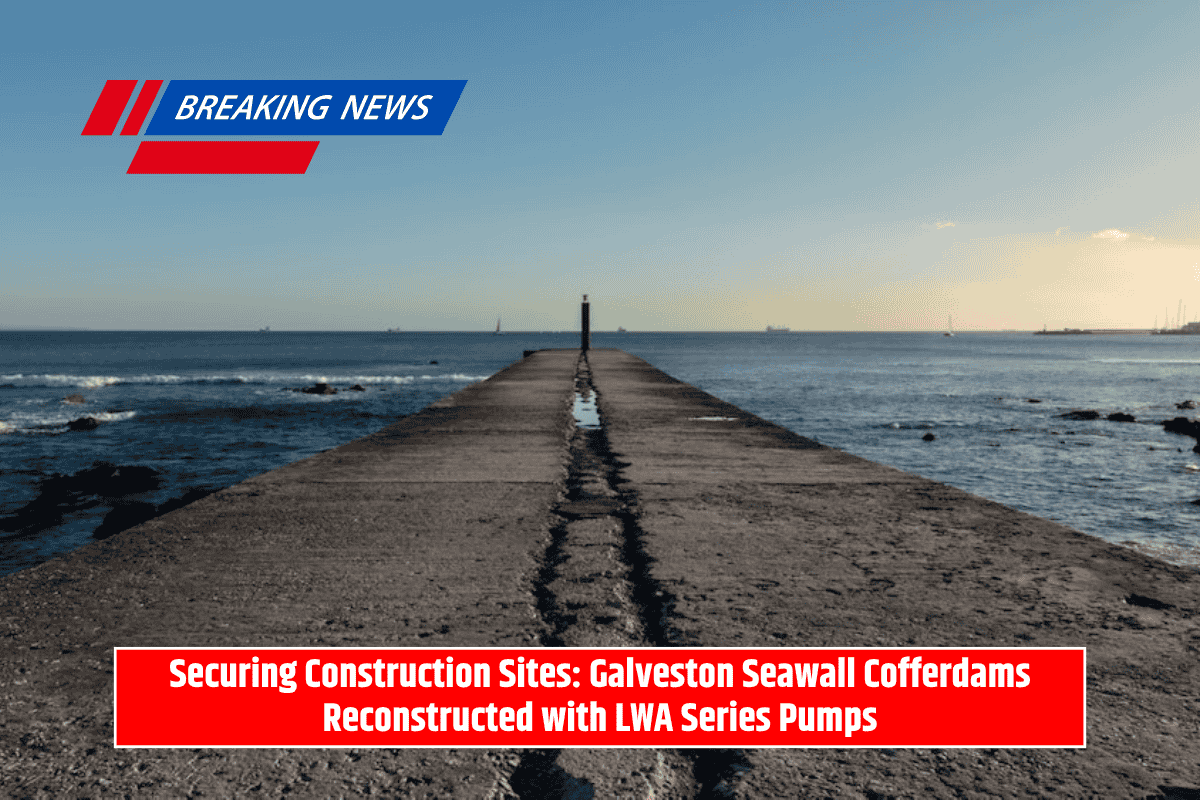Galveston, Texas, is famous for its 17-foot seawall built in the early 1900s to protect the city from storms and flooding. After the seawall was constructed, engineers faced the challenge of raising the entire city to the seawall’s edge.
They pumped a mix of sand and seawater under buildings to lift the island. The water drained away, leaving sand behind to build up the land and help with drainage into the bay.
Hurricane Ike’s Impact and the Need for Stronger Infrastructure
In 2008, Hurricane Ike caused major damage to Galveston, including the seawall and downtown area. Six feet of water flooded the city, causing widespread property damage. Boyer Construction from Houston was hired to help rebuild.
One of the hardest parts of their work was keeping water out of construction sites, especially since Galveston is only a few feet above sea level. To do this, they used cofferdams—barriers that block water from the work area—along with dewatering pumps that remove water to protect workers and equipment.
The Challenge with Traditional Pumps
When Boyer Construction began using their existing dewatering pumps, they faced big problems. The pumps often failed because sand, silt, and salt caused clogging and corrosion. The pumps had to run continuously for 24 hours a day, which wore out the motors fast.
On top of that, pumps needed to be moved regularly between different job sites, adding to the difficulties. The construction team realized they needed better pumps that could handle tough conditions, run all day, and be easy to move.
Finding the Right Pump Solution
After careful research, Boyer Construction switched to BJM Pumps’ LWA series dewatering agitator pumps. These lightweight, hard metal submersible pumps are designed especially for moving sand, silt, and other abrasive slurries.
The built-in agitators mix settled solids with water, preventing clogs and keeping the flow steady. These pumps deliver up to 10 horsepower, with a flow rate of 475 gallons per minute and can pump water up to 117 feet high.
The pumps are made with abrasion-resistant chrome iron parts and hardened ductile iron, which protect against corrosion from salt and damage from rough solids.
Even with this tough construction, the pumps remain lightweight and easy to move around different sites. After testing the LWA pumps on several jobs, Boyer Construction was so impressed they bought 25 of them.
Benefits and Results of Using LWA Series Pumps
The LWA pumps brought many advantages to the rebuilding projects. Their resistance to abrasion and corrosion meant fewer breakdowns. The agitators ensured a steady mix of solids and water, helping maintain efficient pumping.
The motors stayed cool and could run nonstop, supporting 24/7 operations. Being lightweight and portable made it easy to shift pumps between sites, saving time and money. Overall, the pumps reduced maintenance costs and improved reliability, helping Boyer Construction complete projects smoothly and profitably.
